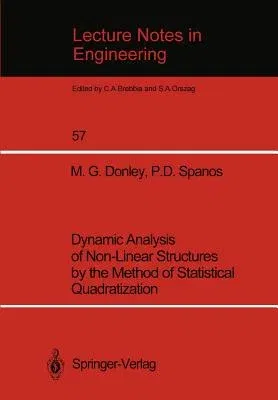M G Donley
(Author)Dynamic Analysis of Non-Linear Structures by the Method of Statistical Quadratization (Softcover Reprint of the Original 1st 1990)Paperback - Softcover Reprint of the Original 1st 1990, 31 July 1990

Qty
1
Turbo
Ships in 2 - 3 days
In Stock
Free Delivery
Cash on Delivery
15 Days
Free Returns
Secure Checkout
Part of Series
Lecture Notes in Engineering
Print Length
172 pages
Language
English
Publisher
Springer
Date Published
31 Jul 1990
ISBN-10
3540527435
ISBN-13
9783540527435
Description
Product Details
Authors:
Book Edition:
Softcover Reprint of the Original 1st 1990
Book Format:
Paperback
Country of Origin:
DE
Date Published:
31 July 1990
Dimensions:
24.41 x
16.99 x
1.02 cm
ISBN-10:
3540527435
ISBN-13:
9783540527435
Language:
English
Location:
Berlin, Heidelberg
Pages:
172
Publisher:
Series:
Weight:
308.44 gm

